Few herbs are as versatile and aromatic as basil. Whether you’re making a fresh pesto, tossing fragrant leaves into a salad, or garnishing your pasta with a few vibrant green sprigs, basil adds a burst of flavor and freshness to any dish. The best part? This kitchen favorite is surprisingly easy to grow at home — on a sunny windowsill, balcony, or garden bed.
If you’ve ever struggled to keep basil thriving or wondered how to care for it properly, this detailed guide has you covered. From soil tips to harvesting advice, here’s everything you need to know to grow lush, healthy, and flavorful basil plants all season long.
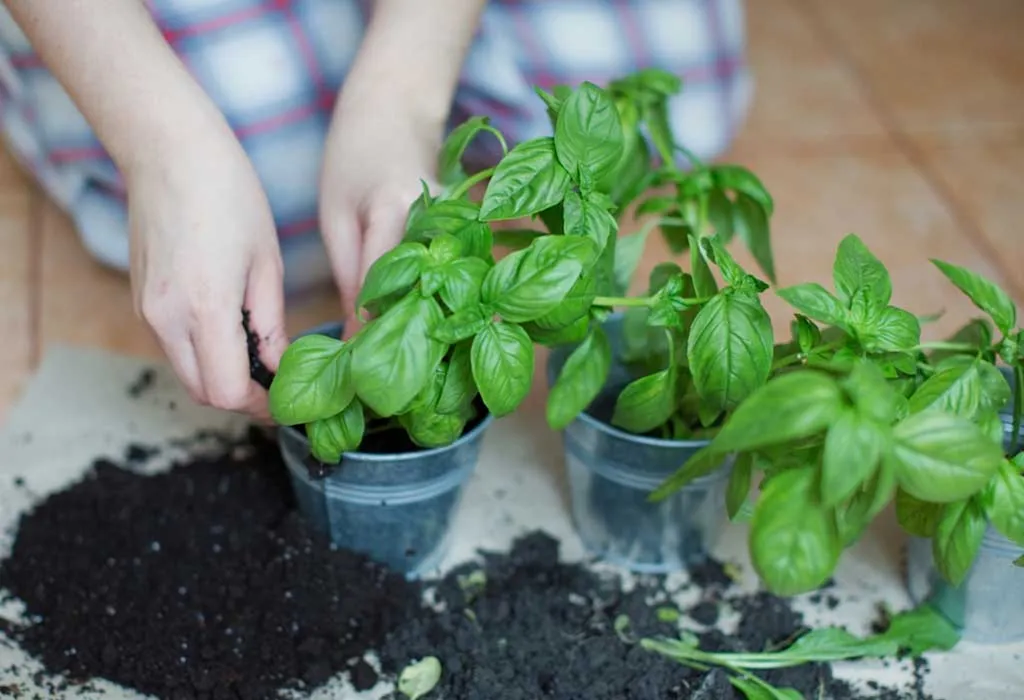
Why Grow Basil at Home?
Before diving into care essentials, let’s talk about why basil deserves a spot in your home or garden:
- Highly aromatic and flavorful: Ideal for countless recipes.
- Fast-growing: Provides a continuous supply of fresh leaves.
- Easy to grow indoors or outdoors.
- Beautiful and practical: Its bright green leaves and tiny white flowers add charm to any space.
- Natural insect repellent: Basil helps deter pests like mosquitoes and aphids.
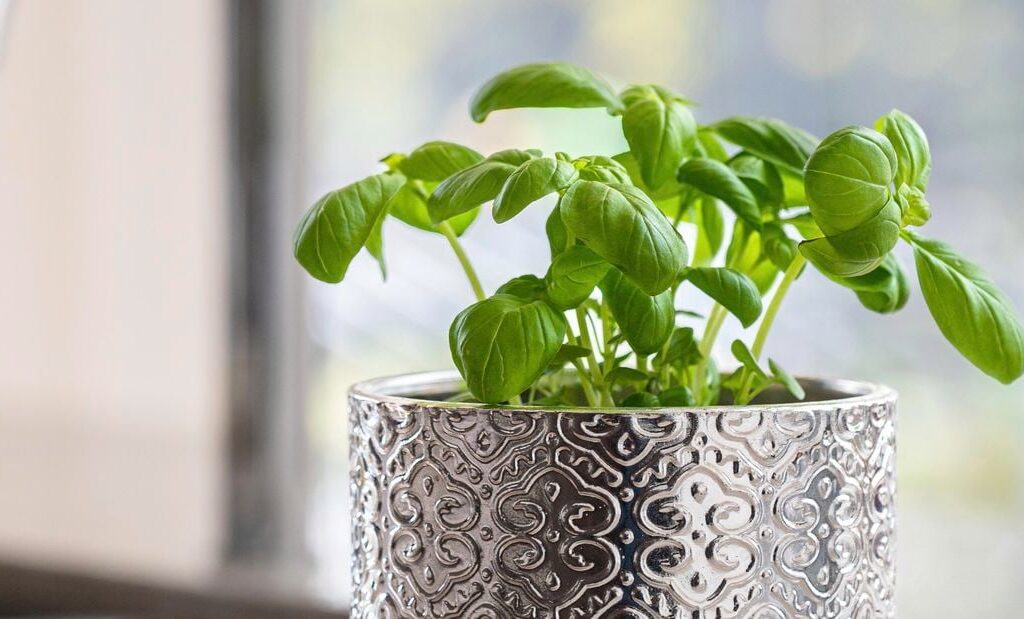
Choosing the Right Variety of Basil
There are several types of basil, each with unique flavors and appearances:
- Sweet basil: Classic variety for Italian dishes.
- Thai basil: Spicy, anise-like flavor, ideal for Asian cuisine.
- Genovese basil: Broad, tender leaves, perfect for pesto.
- Purple basil: Striking color and slightly peppery taste.
- Lemon or lime basil: Citrus-scented, refreshing for teas and desserts.
Choose a variety based on your culinary preferences and growing conditions.
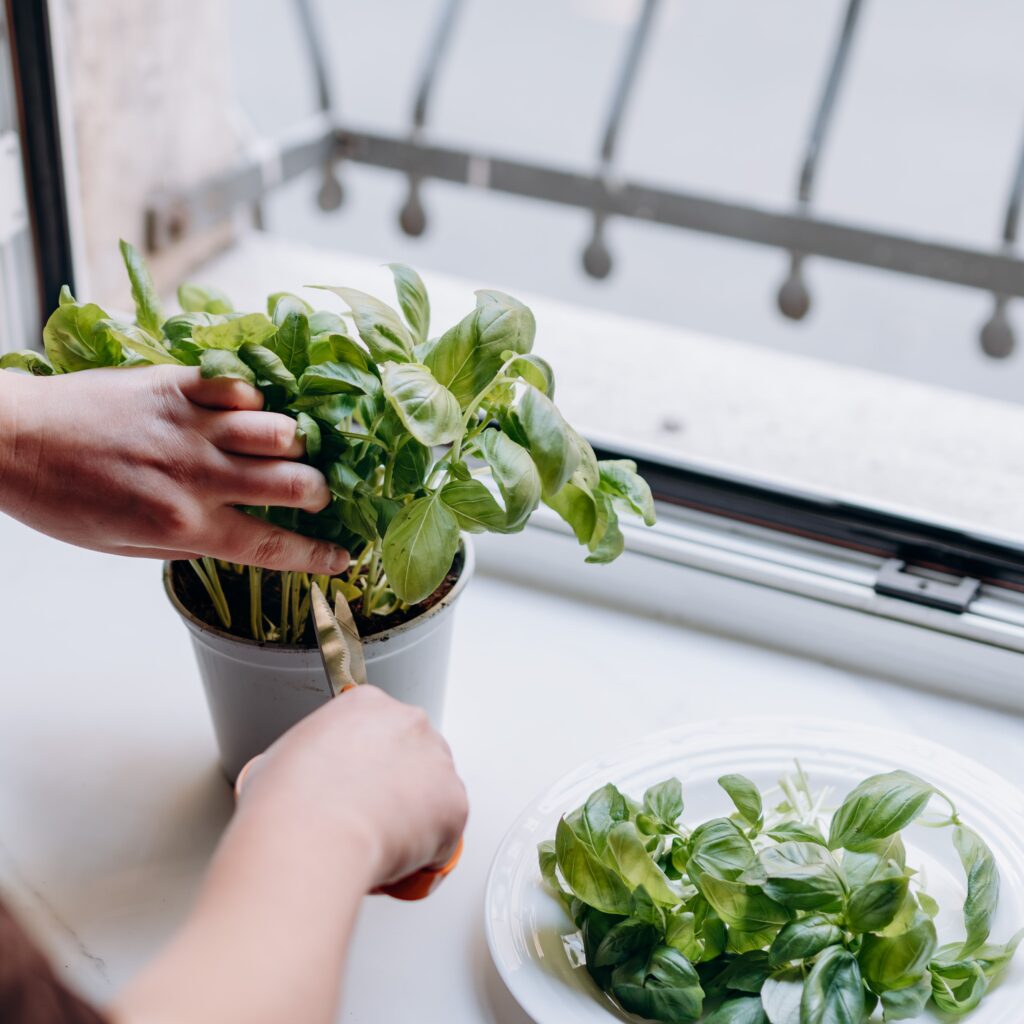
How to Plant Basil
Basil can be grown from seeds, cuttings, or nursery transplants. Here’s how to get started:
Planting from Seeds
- Start seeds indoors 6-8 weeks before the last frost, or sow directly outdoors after the danger of frost has passed.
- Use seed-starting mix in small pots or seed trays.
- Sow seeds about 1/4 inch deep and keep the soil moist.
- Seeds germinate within 5-10 days in warm conditions (70-80°F or 21-27°C).
Planting Cuttings
- Snip a 4–6 inch cutting from an existing basil plant.
- Place in a glass of water, changing the water every 2 days.
- Roots develop in 7–10 days; transplant to soil when roots are 2 inches long.
Planting Nursery Transplants
- Choose healthy, vibrant plants with no signs of wilting or pests.
- Plant outdoors after the last frost or keep on a sunny indoor windowsill.
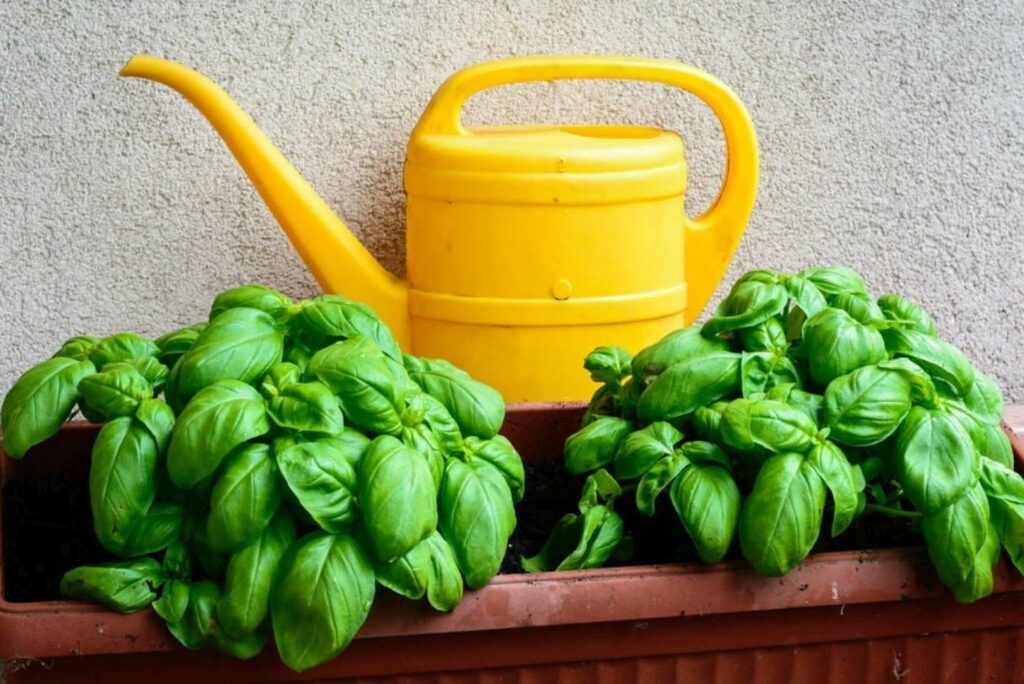
Light Requirements
Basil loves sun. For the healthiest growth:
- Provide at least 6–8 hours of direct sunlight daily.
- Indoors, place near a south or west-facing window.
- In low-light homes, supplement with a grow light for 12–14 hours a day.
Without adequate sunlight, basil becomes leggy, weak, and produces fewer leaves.
Soil and Potting Tips
For thriving basil:
- Use light, well-draining soil enriched with organic matter.
- Ideal pH: 6.0–7.5.
- If growing in containers, choose a pot with drainage holes to prevent waterlogging.
- Add perlite or coarse sand to potting soil to improve drainage.
Watering Basil Properly
Consistent watering is key to happy basil plants:
- Keep soil evenly moist, but not soggy.
- Water when the top 1 inch of soil feels dry.
- Avoid overhead watering to reduce the risk of fungal diseases.
- Use room-temperature water to avoid shocking the plant’s roots.
Tip: In hotter weather or dry indoor air, you may need to water daily.
Feeding and Fertilizing
Basil benefits from regular feeding during its active growing season:
- Use a balanced, organic liquid fertilizer (such as 10-10-10) every 2–3 weeks.
- Avoid over-fertilizing — too much nitrogen encourages leaf growth but weakens flavor.
- Reduce feeding frequency in the cooler months when growth slows.
Pruning and Pinching for Bushier Growth
One of the secrets to lush, bushy basil is regular pruning:
- Pinch off the top 2–4 inches of the plant once it has 6–8 leaves.
- Always cut just above a pair of leaves to encourage branching.
- Remove flower buds promptly to prevent bolting and preserve leaf flavor.
Quick Tip: Pruning also stimulates fresh leaf production and helps prevent legginess.
Common Basil Plant Problems (and How to Fix Them)
Even though basil is relatively easygoing, it can encounter a few problems:
Yellowing Leaves
- Cause: Overwatering, poor drainage, or nutrient deficiency.
- Solution: Improve drainage, adjust watering, and use balanced fertilizer.
Wilting
- Cause: Underwatering or root rot from waterlogged soil.
- Solution: Check soil moisture and watering habits.
Leggy Growth
- Cause: Insufficient sunlight or lack of pruning.
- Solution: Move plant to a sunnier location and prune regularly.
Pests (aphids, spider mites, whiteflies)
- Solution: Spray with neem oil, insecticidal soap, or a strong jet of water.
Fungal Diseases (downy mildew, fusarium wilt)
- Solution: Provide good air circulation, avoid wet leaves, and remove infected plants promptly.
Harvesting Basil
Frequent harvesting keeps your basil productive and prevents flowering:
- Begin harvesting when the plant has at least 6–8 leaves.
- Pick leaves in the morning when their essential oils are most concentrated.
- Always harvest from the top down, cutting just above a pair of leaves.
- Avoid removing more than 1/3 of the plant at a time to allow for recovery.
Pro Tip: Store fresh basil in a glass of water on your countertop or refrigerate wrapped in a damp paper towel.
Propagating Basil for More Plants
You can easily propagate basil by:
- Taking a 4–6 inch cutting from a healthy plant.
- Removing the bottom leaves and placing the cutting in water.
- Allowing roots to develop over 7–10 days.
- Transplanting into a pot or directly into the garden.
Propagation is a great way to multiply your basil collection for free.
Winter Care for Basil Plants
Basil is a tender annual and won’t survive frost. In colder climates:
- Bring outdoor basil plants inside before the first frost.
- Place them in a warm, sunny window.
- Reduce watering and stop fertilizing in winter.
- Use grow lights if natural sunlight is scarce.
Alternatively, harvest and dry or freeze basil for off-season use.
Final Thoughts
Caring for a basil plant properly is incredibly rewarding. With a little attention to sunlight, soil, watering, and pruning, you’ll enjoy a continuous supply of fragrant, flavorful leaves for months. Plus, the plant itself adds a touch of greenery and a wonderful aroma to any home or garden.
Whether you’re an experienced gardener or a kitchen counter grower, basil is one of the easiest and most satisfying herbs to cultivate. Follow these tips, and you’ll soon have a thriving plant that elevates your meals and brightens your living space.
Happy planting!

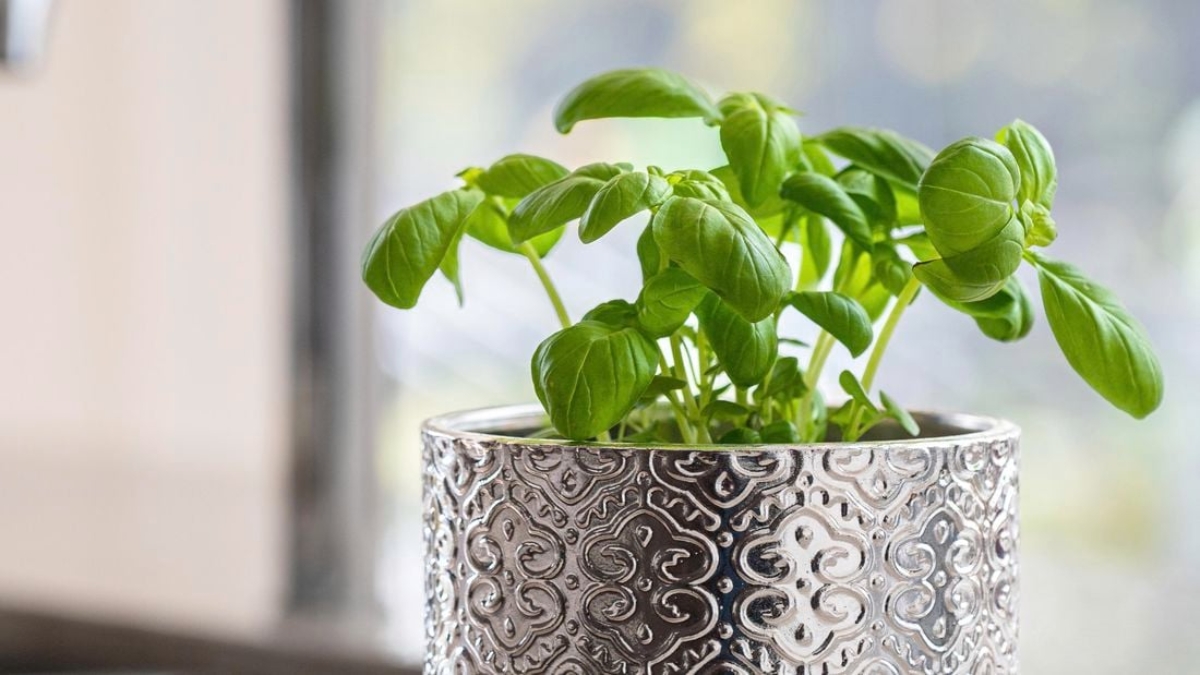
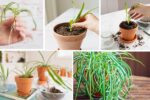


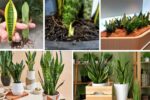
Leave A Comment